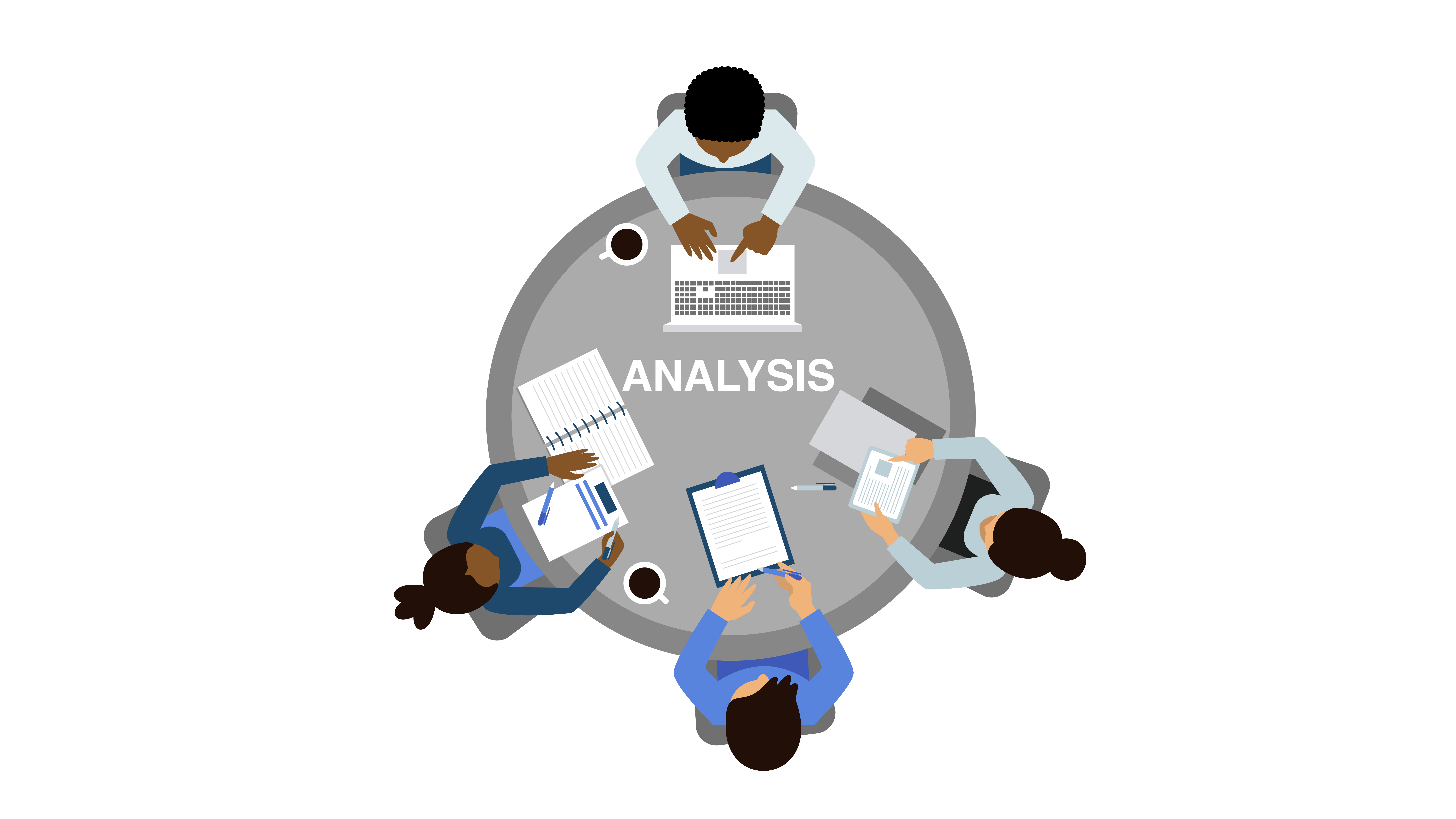All Categories
Featured
Customer data platforms (CDPs) are a vital tool for companies that want to gather the, organize, and store customer information in one central area. They provide the most complete and accurate understanding of the customer they can use to improve marketing strategies and personalize customers' experiences. CDPs also provide a wide range of options, including data governance as well as data quality, data formatting, data segmentation, as well as compliance to ensure that information about the customer is collected, stored and utilized in a safe and organized way. With the capability to pull data from various APIs and other APIs, a CDP can also help organizations make the customer the forefront of their marketing strategies as well as improve their operations and make their customers feel valued. This article will highlight the advantages of CDPs for businesses.
customer data management platform
Understanding the concept of CDPs. The Customer data platform (CDP) is a software that lets companies collect, store and manage information about customers from a single data center. This allows for more complete and accurate view of the client, which can be used to target marketing and personalised customer experience.
-
Data Governance: One of the key advantages of a CDP is its ability to categorize, protect, and monitor information being added to. This includes profiling, division and cleaning of the data coming in. This will ensure that the data is in compliance with rules and regulations.
-
Quality of Data: It is crucial that CDPs ensure that data collected is of high quality. This involves ensuring that the data is correctly input and has the required standards of quality. This helps to minimize additional costs associated with cleaning, transforming and storage.
-
Data Formatting Data Formatting CDP can also be used to make sure that data is in an established format. This helps ensure that different types of data like dates match across customer information and that the information is entered in an orderly and consistent way. cdp meaning
-
Data Segmentation Data Segmentation: A CDP can also allow for the segmentation of customer information to gain a better understanding of different groups of customers. This allows you to compare different groups to each other and obtain the appropriate sample distribution.
-
Compliance: A CDP permits organizations to manage the information of customers in a legal way. It lets you define the security of your policies and to categorize information in accordance with the policies. It is also possible to spot compliance violations while making marketing decisions.
-
Platform Selection: There's a variety of CDPs to choose from, so it's essential to understand your requirements before selecting the right one. This involves considering options like data privacy , as well as the ability to pull data from various APIs. cdp meaning
-
Putting the Customer in the center Making the Customer the Center CDP permits the integration of live customer data. This allows for immediate accuracy in precision, consistency, and uniformity which every department in marketing requires to enhance operations and connect with customers.
-
Chat, Billing, and More: With a CDP, it is easy to gain the background that you require for a successful discussion, whether it's previous chats as well as billing.
-
CMOs and big-data: Sixty-one percent of CMOs believe they're not making use of enough big data, as per the CMO Council. A CDP can assist in overcoming this issue by giving an entire view of the customer . It also allows the more effective use of data for marketing and customer engagement.
With so lots of various kinds of marketing technology out there each one normally with its own three-letter acronym you might question where CDPs originate from. Although CDPs are among today's most popular marketing tools, they're not a totally originality. Instead, they're the most recent step in the development of how online marketers handle customer information and customer relationships (Cdp Product).

For most marketers, the single biggest worth of a CDP is its ability to sector audiences. With the capabilities of a CDP, online marketers can see how a single customer interacts with their company's various brands, and determine chances for increased personalization and cross-selling. Obviously, there's a lot more to a CDP than segmentation.
Beyond audience segmentation, there are 3 big reasons your business might want a CDP: suppression, personalization, and insights. One of the most intriguing things marketers can do with data is determine clients to not target. This is called suppression, and it's part of providing truly customized client journeys (Customer Data Platfrom). When a consumer's merged profile in your CDP includes their marketing and purchase data, you can reduce ads to consumers who've already bought.

With a view of every customer's marketing interactions connected to ecommerce information, site gos to, and more, everyone across marketing, sales, service, and all your other groups has the chance to understand more about each customer and provide more personalized, appropriate engagement. CDPs can assist online marketers deal with the origin of a number of their biggest everyday marketing problems (Cdp Data).
When your data is detached, it's harder to understand your clients and create meaningful connections with them. As the variety of data sources used by marketers continues to increase, it's more vital than ever to have a CDP as a single source of reality to bring all of it together.
An engagement CDP utilizes consumer information to power real-time personalization and engagement for consumers on digital platforms, such as websites and mobile apps. Insights CDPs and engagement CDPs comprise the majority of the CDP market today. Very couple of CDPs consist of both of these functions similarly. To choose a CDP, your business's stakeholders must consider whether an insights CDP or an engagement CDP would be best for your needs, and research the few CDP choices that include both. Customer Data Platfrom.
Redpoint GlobalLatest Posts
Putting the Customer at the Center with a CDP
CDPs and the Role of Data Governance in Reducing Risk
CDPs and the Role of Data Privacy